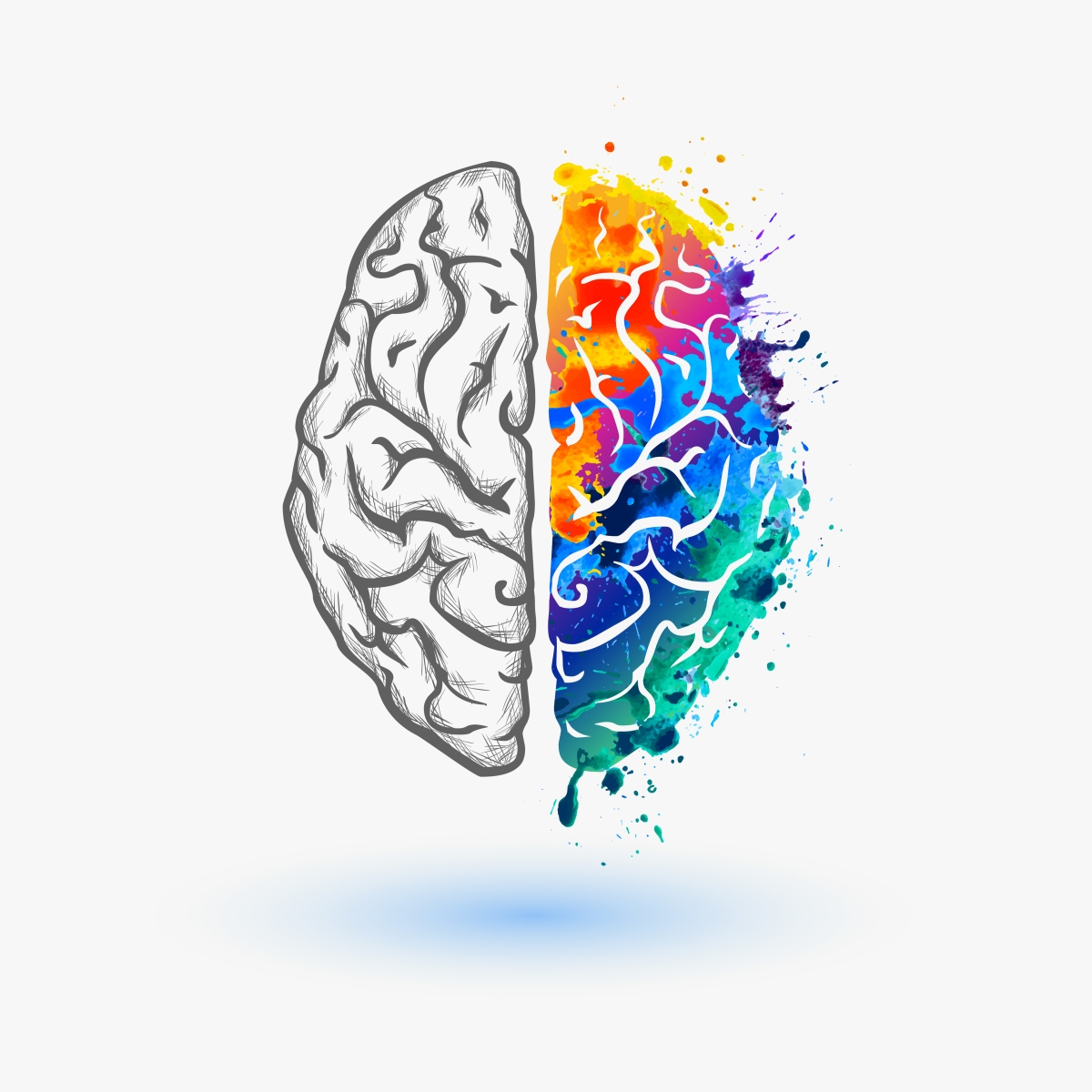Creativity is often associated with art, culture, music and theater, while its contribution to science and economics receives less attention.
Yet creativity research is an exciting and comparatively young field of research that is being intensively studied at various universities. For example, you can study "Creativity and Innovation" at the University of Malta and "Imagineering" at Breda University.
It is fascinating to know that creativity is not limited to artists, but appears in all areas of everyday life. Whether it's a mother who creatively prepares breakfast for her children in the morning or an athlete who develops new exercises to improve his or her performance - there's a spark of creativity everywhere.
An idea is considered creative if it is both novel and useful.
Creativity research investigates how creative thinking can be fostered. There are various models that attempt to structure the field of research. Different dimensions of creativity are considered, such as the creative person, the creative process, the creative product, and the creative press (environment).

The research area is closely linked to themes like innovation, foresight and entrepreneurship, as this is where the bridge to practical application in economy can be built. Creativity is often a key to success in business. Companies that foster creative thinking are often more innovative and better able to adapt to change. Creative ideas can lead to new products, services or business models that change the market.
Companies like Apple and Google are known for their creative approach to product development and design. They create a work environment where employees have time for their own projects, are allowed to make mistakes, resources are numerous, open communication is practiced and collaboration between different departments is encouraged. This creates a creative working atmosphere that boosts employee motivation.
But it's not just large companies that rely on creative approaches. Start-ups also insist on the design thinking approach, for example. This method is based on creative processes to develop innovative and user-centered products.
In short, creativity infuses many aspects of our lives and it's worth understanding the background a little better.

